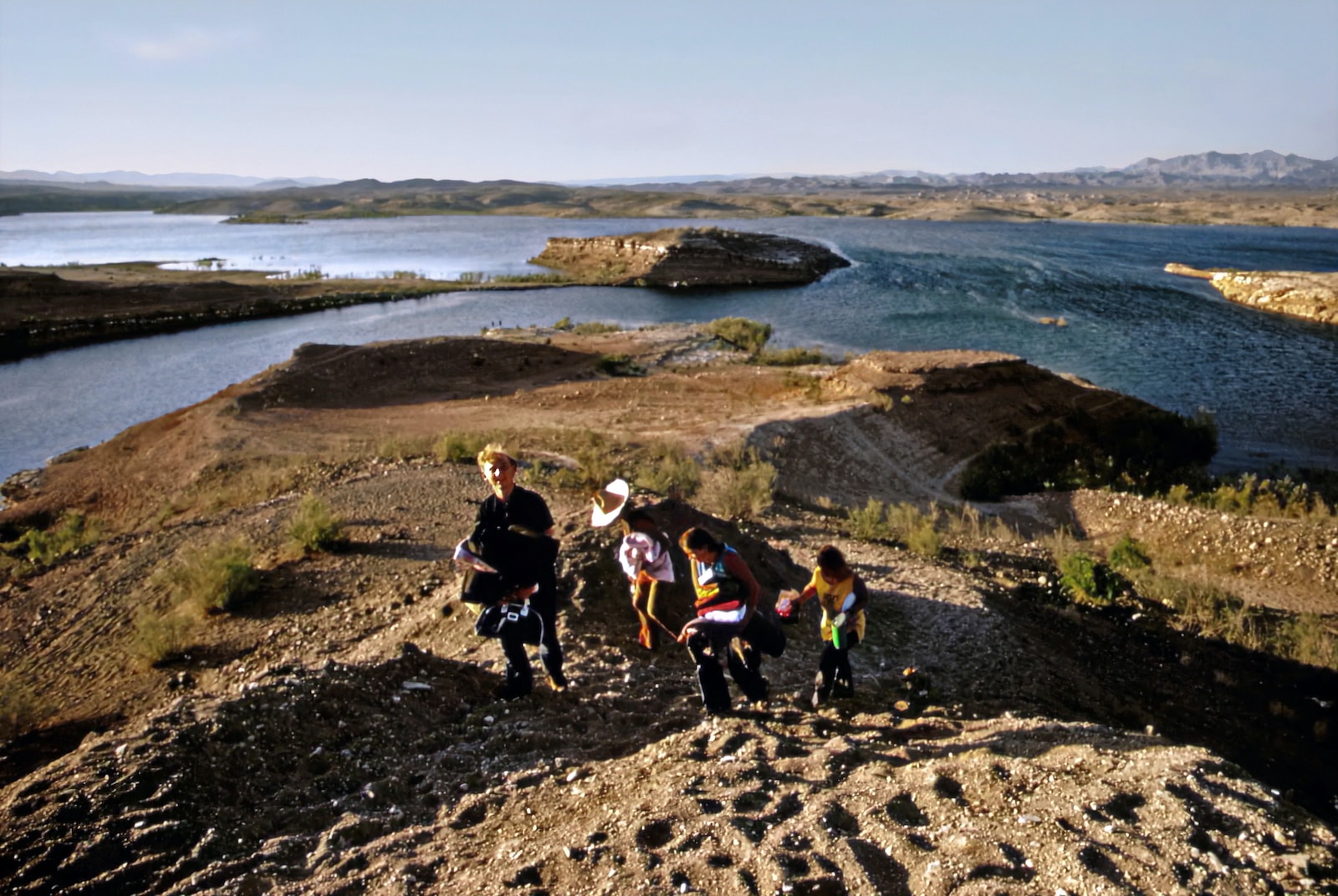Table of Contents
ToggleThe Alarming Water Loss in the Colorado River Basin
The Colorado River Basin has experienced a staggering loss of water, equivalent to filling Lake Mead, as revealed by a recent study. This article delves into the causes, impacts, and potential solutions surrounding this critical issue.
The Link Between Rising Temperatures and Water Loss
Researchers from UCLA have found that the human-caused climate crisis plays a significant role in the decline of the Colorado River. Increased temperatures in the region have led to a 10% decrease in the river’s flow over the past two decades. These findings, published in the American Geophysical Union’s Water Resources Research, highlight the urgent need for action.
Consequences for the Colorado River Basin
The effects of climate change on the basin have been profound. Without the climate crisis, the river would not have faced its first-ever water shortage, which was declared in January 2022. Furthermore, the ongoing decline in water levels at Lake Mead, the largest reservoir in the United States, prompted the implementation of a Tier 2 shortage in January 2023. The study’s lead author emphasizes the importance of understanding the long-term drought event and its connection to anthropogenic climate change.
Urgent Actions Needed to Address Water Shortage
State leaders and water users in the Colorado River Basin have been grappling with strategies to reduce water usage as levels in Lake Mead continue to decline. The situation became particularly alarming when the water level dropped by 20 feet in just four months last summer. If the reservoir’s level falls an additional 145 feet, it will reach “dead pool” status, unable to provide water or hydroelectric power to millions of people.
Impact on Snowier States and Positive Albedo Effect
States with significant snowpack, such as Colorado, are experiencing more pronounced effects from rising temperatures. The increase in evaporation, accelerated by higher temperatures, poses a significant challenge. The positive albedo effect exacerbates the problem, as melting snow exposes darker ground that absorbs more heat. Consequently, water reductions occur twice as fast in snowier regions compared to areas without snowpack.
Findings from UCLA’s Research and Consistent Water Reduction
Using stream flow modeling, UCLA researchers compared the Colorado River basin’s conditions with and without the influence of anthropogenic warming caused by climate change. Their study revealed a dramatic impact on flows over time due to climate change-driven temperatures. Even during wetter years, the 10% reduction in flow from 2000 to 2021 remained consistent, indicating the severity of the situation.
Practical Solutions and Future Outlook
Addressing the Colorado River water loss requires a multi-faceted approach. Conservation measures, water efficiency improvements, and sustainable agriculture practices can contribute to mitigating the crisis. Collaboration among states, policymakers, and communities is crucial to ensure the long-term resilience of the Colorado River Basin.
Conclusion: A Call to Action
The loss of water in the Colorado River Basin demands urgent action to combat the effects of climate change. As temperatures continue to rise, it is essential to prioritize sustainable water management practices, reduce greenhouse gas emissions, and support research and innovation for long-term solutions. Preserving the health and vitality of the Colorado River is not only crucial for the millions who rely on it but also for the delicate ecosystems it sustains.
By understanding the causes, consequences, and potential solutions to the Colorado River water loss, we can work together to safeguard this precious resource for current and future generations.
Remember, the key is to keep the language simple, engaging, and accessible. Use bullet points, short sentences, and catchy subheadings to enhance readability and engage readers throughout the comprehensive article.
Lake Mead Water Level
According to the latest information, the current water level of Lake Mead is 1,061.45 feet above sea level. As of August 4, 2023, at 7:00 PM, the lake level is approximately 167.55 feet below its full pool capacity of 1,229.00 feet. The water level charts indicate a slight increase of 0.17 feet since the previous day.
Lake Mead’s water level is controlled by the Hoover Dam, which plays a crucial role in managing water resources in the area. It is important to note that the lake’s water level is subject to change due to various factors such as weather conditions, water management strategies, and drought conditions.
Lake Powell Water Level
According to the latest information, the current water level of Lake Powell is 3,579.78 feet above sea level. As of August 3, 2023, at 12:00 AM, the lake level is approximately 120.22 feet below its full pool capacity of 3,700.00 feet. The water level chart indicates a slight increase of 0.12 feet since the previous day.
Lake Powell’s water level is controlled by the Powell Dam, managed by the Division of State Lands & Forestry. It is important to note that the lake’s water level can fluctuate due to various factors such as weather conditions, water management strategies, and drought conditions.








3 thoughts on “Colorado River Water Loss: Climate Change Threatens Lake Mead’s Future”
Pingback: Why Draining Lake Powell Could Save Water and Restore the Environment - Sustainability Awakening
Pingback: How Lake Mead and Lake Powell Are Drying Up and What It Means for You - Sustainability Awakening
Pingback: Water Stress Crisis in the Colorado River Basin